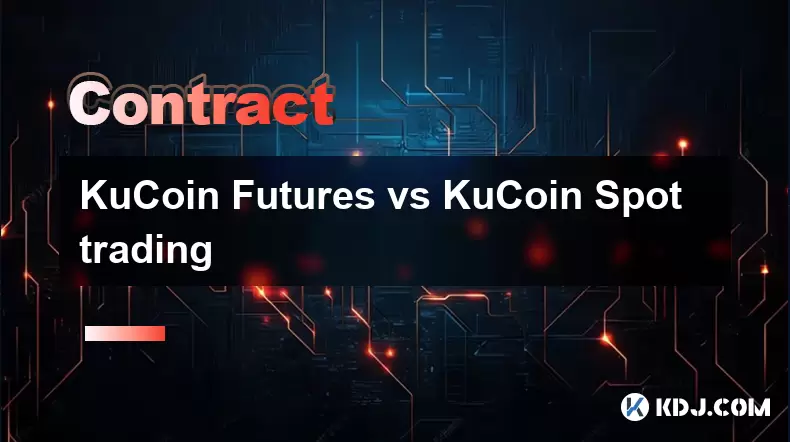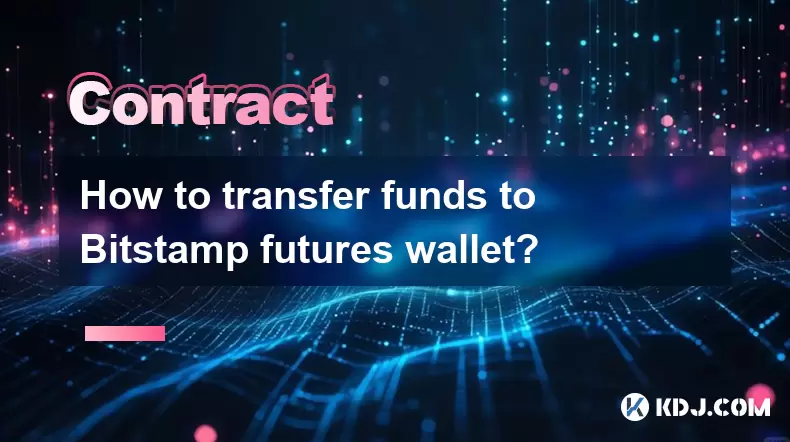-
 Bitcoin
Bitcoin $118900
1.66% -
 Ethereum
Ethereum $3735
1.35% -
 XRP
XRP $3.506
0.71% -
 Tether USDt
Tether USDt $1.000
-0.01% -
 BNB
BNB $799.4
5.78% -
 Solana
Solana $202.0
1.87% -
 USDC
USDC $0.9999
0.00% -
 Dogecoin
Dogecoin $0.2661
1.89% -
 Cardano
Cardano $0.8877
1.59% -
 TRON
TRON $0.3173
2.45% -
 Hyperliquid
Hyperliquid $45.00
2.59% -
 Stellar
Stellar $0.4723
3.40% -
 Sui
Sui $3.970
1.32% -
 Chainlink
Chainlink $19.67
1.94% -
 Hedera
Hedera $0.2710
1.99% -
 Avalanche
Avalanche $25.74
-0.01% -
 Bitcoin Cash
Bitcoin Cash $528.1
1.98% -
 Litecoin
Litecoin $120.1
3.57% -
 Shiba Inu
Shiba Inu $0.00001525
1.26% -
 UNUS SED LEO
UNUS SED LEO $8.989
-0.01% -
 Toncoin
Toncoin $3.304
1.74% -
 Polkadot
Polkadot $4.531
3.38% -
 Uniswap
Uniswap $10.74
2.51% -
 Ethena USDe
Ethena USDe $1.001
0.00% -
 Monero
Monero $325.5
2.44% -
 Pepe
Pepe $0.00001413
1.31% -
 Bitget Token
Bitget Token $4.860
0.85% -
 Dai
Dai $0.9999
0.01% -
 Aave
Aave $307.3
-2.07% -
 Bittensor
Bittensor $448.8
2.91%
KuCoin Futures vs KuCoin Spot trading
KuCoin spot trading lets you buy crypto instantly with no leverage, while futures allow leveraged bets on price movements—ideal for experienced traders watching margins closely.
Jul 23, 2025 at 11:00 am

Understanding KuCoin Spot Trading
KuCoin Spot trading refers to the immediate exchange of cryptocurrencies at the current market price. When you buy or sell Bitcoin, Ethereum, or any other digital asset on KuCoin’s spot market, the transaction settles instantly—you receive the asset in your wallet right after the trade executes. This form of trading is ideal for users who want to own the actual crypto or who prefer low-risk, straightforward transactions.
- Funds are deducted immediately from your spot wallet upon placing an order.
- No leverage is involved, meaning you can only trade with the amount you have available.
- Order types include market, limit, and stop-limit, giving flexibility in how you enter or exit positions.
To begin spot trading, navigate to the “Trade” tab on KuCoin, select “Spot,” choose a trading pair like BTC/USDT, and input your desired amount. Confirm the price and click “Buy” or “Sell.” Your assets will appear in your wallet instantly after the order fills.How KuCoin Futures Trading Works
KuCoin Futures allows traders to speculate on the future price of cryptocurrencies using contracts that settle at a predetermined date. Unlike spot trading, futures involve leverage—typically from 1x to 100x depending on the contract and risk settings. This amplifies both potential gains and losses. - Margin is required: You must allocate part of your balance as collateral.
- Positions can be long (buy) or short (sell), enabling profit in both rising and falling markets.
- Funding rates apply every 8 hours for perpetual contracts, which may add or deduct from your position based on market conditions.
To open a futures trade, go to “Futures” on KuCoin, choose a contract like BTCUSDT, set your leverage using the slider, and select “Isolated” or “Cross” margin mode. Enter your order size, confirm the liquidation price, and submit your order.Key Differences in Risk and Reward
Spot trading is generally safer because you only risk the capital you invest. If Bitcoin drops 20%, your loss is 20% of the amount you spent. In contrast, with 10x leverage in futures, that same 20% drop could result in a 100% loss if the price hits your liquidation level. - Spot traders avoid liquidation risk—your position cannot be forcibly closed.
- Futures traders must monitor margin levels closely; a small adverse move can trigger automatic liquidation.
- Fees differ: Spot trading uses maker/taker fees (e.g., 0.1%), while futures include funding fees and sometimes higher taker fees (e.g., 0.02% to 0.06%).
Understanding these dynamics helps you choose the right mode based on your risk tolerance and strategy.Wallet Management: Spot vs Futures
KuCoin separates spot and futures balances into distinct wallets. You must manually transfer funds between them. - Go to “Assets” > “Transfer” to move USDT from your spot wallet to your futures wallet.
- Select “Futures Wallet” as the destination and input the amount.
- Confirm the transfer—this usually takes less than 10 seconds.
This separation prevents accidental use of funds and enhances security. If you leave funds in your spot wallet, they cannot be used for futures contracts—even if your futures position is losing money.When to Use Spot vs Futures
Choose spot trading if: - You want to hold crypto long-term (HODL).
- You’re new to trading and want to avoid complex risk mechanics.
- You’re buying for utility (e.g., NFTs, DeFi staking).
Choose futures trading if: - You aim to profit from short-term price movements.
- You understand leverage, liquidation, and funding rates.
- You actively monitor your positions and can react quickly to market changes.
Each mode serves different goals—spot for ownership and simplicity, futures for speculation and amplified outcomes.Frequently Asked Questions
Can I trade futures without transferring funds from spot?
No. You must explicitly transfer assets from your spot wallet to your futures wallet before opening any position. Even if you have sufficient balance in spot, futures orders will fail without this step.What happens if my futures position gets liquidated?
KuCoin automatically closes your position when your margin falls below the maintenance level. You lose the entire margin allocated to that trade. The system uses a liquidation engine to prevent negative balances in most cases.Are spot trading fees lower than futures?
Yes, typically. Spot maker fees are 0.1% or lower with KCS discounts. Futures taker fees start at 0.02% but can rise based on volume tiers, and funding fees apply every 8 hours for open perpetual positions.Can I switch between isolated and cross margin in futures?
Yes. Before placing a trade, select either “Isolated” (risk limited to allocated margin) or “Cross” (uses entire wallet balance as collateral). You can change this setting per position—no need to close existing trades to switch.
Disclaimer:info@kdj.com
The information provided is not trading advice. kdj.com does not assume any responsibility for any investments made based on the information provided in this article. Cryptocurrencies are highly volatile and it is highly recommended that you invest with caution after thorough research!
If you believe that the content used on this website infringes your copyright, please contact us immediately (info@kdj.com) and we will delete it promptly.
- Binance, Leverage, and Perpetual Contracts: A Trader's Deep Dive
- 2025-07-23 16:50:12
- Cardano, Hoskinson, and the ADA Rally: What's Driving the Surge?
- 2025-07-23 17:30:13
- Bitcoin Profit-Taking, Whale Behavior, and Technical Analysis: A July 2025 Snapshot
- 2025-07-23 17:30:13
- Tom Lee's Bold Bitcoin Prediction: $250K by '25 or $3M Long Term?
- 2025-07-23 16:30:12
- VeChain (VET) Price Prediction: Bullish Breakout or Short-Term Skepticism?
- 2025-07-23 16:50:12
- Jackbit Casino: Your Ticket to Crypto Bonuses and Free Spins in 2025
- 2025-07-23 16:30:12
Related knowledge

Why is my Bitstamp futures position being liquidated?
Jul 23,2025 at 11:08am
Understanding Futures Liquidation on BitstampFutures trading on Bitstamp involves borrowing funds to open leveraged positions, which amplifies both po...

Does Bitstamp offer inverse contracts?
Jul 23,2025 at 01:28pm
Understanding Inverse Contracts in Cryptocurrency TradingIn the realm of cryptocurrency derivatives, inverse contracts are a specific type of futures ...

How to find your Bitstamp futures trade history?
Jul 23,2025 at 08:07am
Understanding Bitstamp and Futures Trading AvailabilityAs of the current state of Bitstamp’s service offerings, it is critical to clarify that Bitstam...

Can I use a trailing stop on Bitstamp futures?
Jul 23,2025 at 01:42pm
Understanding Trailing Stops in Cryptocurrency TradingA trailing stop is a dynamic type of stop-loss order that adjusts automatically as the price of ...

How to trade ETH perpetuals on Bitstamp?
Jul 23,2025 at 03:28am
Understanding ETH Perpetual ContractsETH perpetual contracts are derivative products that allow traders to speculate on the price of Ethereum without ...

How to transfer funds to Bitstamp futures wallet?
Jul 23,2025 at 04:14pm
Understanding Bitstamp Futures WalletBefore initiating any transfer, it’s crucial to understand that Bitstamp separates your Spot Wallet from your Fut...

Why is my Bitstamp futures position being liquidated?
Jul 23,2025 at 11:08am
Understanding Futures Liquidation on BitstampFutures trading on Bitstamp involves borrowing funds to open leveraged positions, which amplifies both po...

Does Bitstamp offer inverse contracts?
Jul 23,2025 at 01:28pm
Understanding Inverse Contracts in Cryptocurrency TradingIn the realm of cryptocurrency derivatives, inverse contracts are a specific type of futures ...

How to find your Bitstamp futures trade history?
Jul 23,2025 at 08:07am
Understanding Bitstamp and Futures Trading AvailabilityAs of the current state of Bitstamp’s service offerings, it is critical to clarify that Bitstam...

Can I use a trailing stop on Bitstamp futures?
Jul 23,2025 at 01:42pm
Understanding Trailing Stops in Cryptocurrency TradingA trailing stop is a dynamic type of stop-loss order that adjusts automatically as the price of ...

How to trade ETH perpetuals on Bitstamp?
Jul 23,2025 at 03:28am
Understanding ETH Perpetual ContractsETH perpetual contracts are derivative products that allow traders to speculate on the price of Ethereum without ...

How to transfer funds to Bitstamp futures wallet?
Jul 23,2025 at 04:14pm
Understanding Bitstamp Futures WalletBefore initiating any transfer, it’s crucial to understand that Bitstamp separates your Spot Wallet from your Fut...
See all articles

























































































